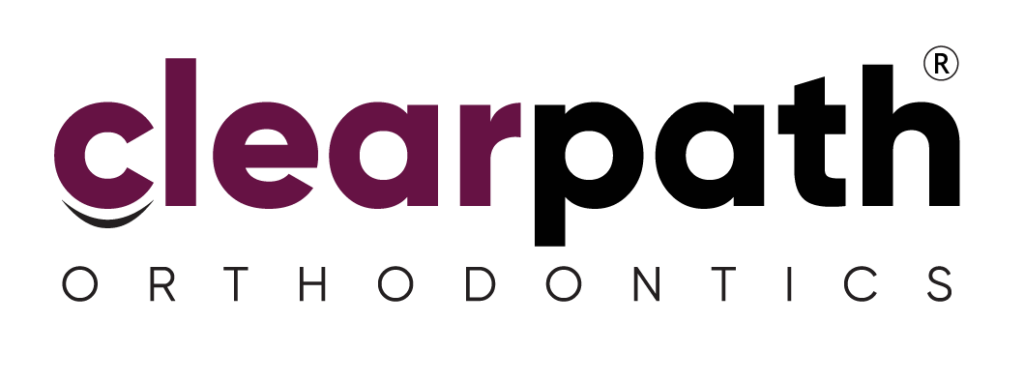Shaping Smiles with Innovation
Orthodontic Trends
Get Started
with Your Perfect Smile!
Top Orthodontic Trends: A Comprehensive Guide
The pursuit of a perfect smile continues to drive innovation in the world of orthodontics. With growing demand for effective yet discreet solutions, 2024 is set to be an exciting year for orthodontic trends. Recent surveys reveal that a significant number of adults are seeking treatments not only for improved aesthetics but also for enhanced oral health and functionality. In this guide, we delve into the top trends reshaping orthodontics—from the rise of digital technologies to the evolution of treatment philosophies—and discuss how modern solutions like teeth aligners and clear aligners are redefining patient care.
Read More: How to Manage Clear Aligners While Fasting
Orthodontics has come a long way from the era of bulky metal braces. Today’s treatments are defined by personalization, technological integration, and minimally invasive procedures. The term Orthodontic Trends now encompasses a spectrum of innovations designed to improve both patient experience and treatment outcomes.
Recent advancements have broadened treatment options. More adults than ever are opting for orthodontic care, driven by the promise of modern methods that offer convenience, efficiency, and improved aesthetics. Whether comparing Aligners vs Braces or Clear Aligners vs Traditional Braces, patients can now choose solutions that best align with their lifestyle and dental needs.
Key Technological Innovations
Digital Orthodontics
Digital technologies are revolutionizing diagnostics and treatment planning. With the advent of Digital Orthodontics, orthodontists can now utilize 3D imaging and computer-aided design to create precise treatment models. This technology allows for customized treatment plans, ensuring that each set of aligners or braces is perfectly suited to the patient’s unique dental structure.
Teleorthodontics
The rise of Teleorthodontics is another trend transforming patient care. Virtual consultations and remote monitoring reduce the need for frequent in-office visits, making treatment more accessible and convenient. Patients can now connect with their orthodontists from the comfort of their homes, ensuring continuous care and faster adjustments throughout their treatment journey.
Accelerated Orthodontics
For those eager to see quicker results, Accelerated Orthodontics offers promising solutions. Innovative techniques are now available to speed up tooth movement without compromising treatment quality. This trend appeals particularly to busy professionals and adults seeking a swift transformation, providing an attractive alternative to traditional, longer-duration treatments.
Sustainable Orthodontics
As environmental consciousness grows, Sustainable Orthodontics is emerging as a key trend. From eco-friendly materials in appliances to energy-efficient practices in clinics, sustainability is becoming an integral part of modern orthodontic care. Patients increasingly seek treatments that not only enhance their smile but also contribute to environmental well-being.
Lifestyle and Patient-Centric Innovations
Coffee with Aligners
A quirky yet telling trend is the cultural phenomenon of Coffee with Aligners. This concept highlights the increasing acceptance and integration of teeth aligners into everyday life. Gone are the days when orthodontic appliances dictated strict lifestyle choices. Today, many patients enjoy their favorite coffee while wearing their aligners—thanks to improved design and materials that support Aligner Safety without sacrificing comfort or convenience.
Personalized Treatment Plans
Customization is at the heart of modern orthodontics. With an emphasis on personalized care, orthodontists are now tailoring treatment plans to meet individual needs. Techniques such as genetic testing and digital smile design allow for more accurate predictions and outcomes. This personalized approach not only enhances patient satisfaction but also optimizes treatment success.
Myths About Clear Aligners
Despite their popularity, there are still lingering Myths About Clear Aligners. Many patients worry about potential side effects or question the effectiveness of these devices compared to traditional braces. However, clinical studies consistently confirm that clear aligners, when used correctly, offer excellent results with minimal risks. Emphasis on Aligner Safety—including adherence to prescribed wear times and regular checkups—helps dispel these myths and build confidence in modern orthodontic treatments.
Teeth Aligners vs. Traditional Braces
The debate of Aligners vs Braces remains central to many patients’ decision-making. While traditional braces are renowned for their effectiveness in handling complex dental issues, clear aligners present a discreet and comfortable alternative for mild to moderate corrections. Comparing Clear Aligners vs Traditional Braces reveals several advantages:
- Aesthetics: Clear aligners offer a nearly invisible solution, which is particularly appealing for adults and professionals.
- Convenience: Removable aligners facilitate easy maintenance of oral hygiene and allow for a more flexible lifestyle.
- Comfort: Without metal brackets and wires, patients experience less irritation and discomfort during treatment.
ClearPath Orthodontics: Setting the Standard
A leader in this dynamic field, ClearPath Orthodontics exemplifies the future of personalized, technology-driven care. Their commitment to excellence is evident in their use of FDA-approved materials and cutting-edge digital technologies. Whether patients are exploring options for teeth aligners or seeking advanced orthodontic solutions, ClearPath Orthodontics delivers exceptional care that meets the evolving needs of modern patients.
Read More: Clear Aligner Travel Hacks for People on the Go
Looking Ahead
As we move further into 2024, the landscape of orthodontic care is set to become even more innovative and patient-centric. With trends like Digital Orthodontics, Teleorthodontics, Accelerated Orthodontics, and Sustainable Orthodontics leading the way, patients can look forward to treatments that are not only effective but also tailored to their unique lifestyles and values. Whether you prefer Coffee with Aligners as a daily ritual or you’re weighing the pros and cons of Aligners vs Braces, staying informed about these trends will empower you to make the best choices for your dental health.
In summary, the future of orthodontics is bright and full of promise. Embracing these emerging trends will not only enhance your smile but also ensure a safe, efficient, and enjoyable treatment experience. For those ready to embark on their journey to a better smile, partnering with experts like ClearPath Orthodontics could be the key to unlocking your perfect smile in 2024 and beyond.
